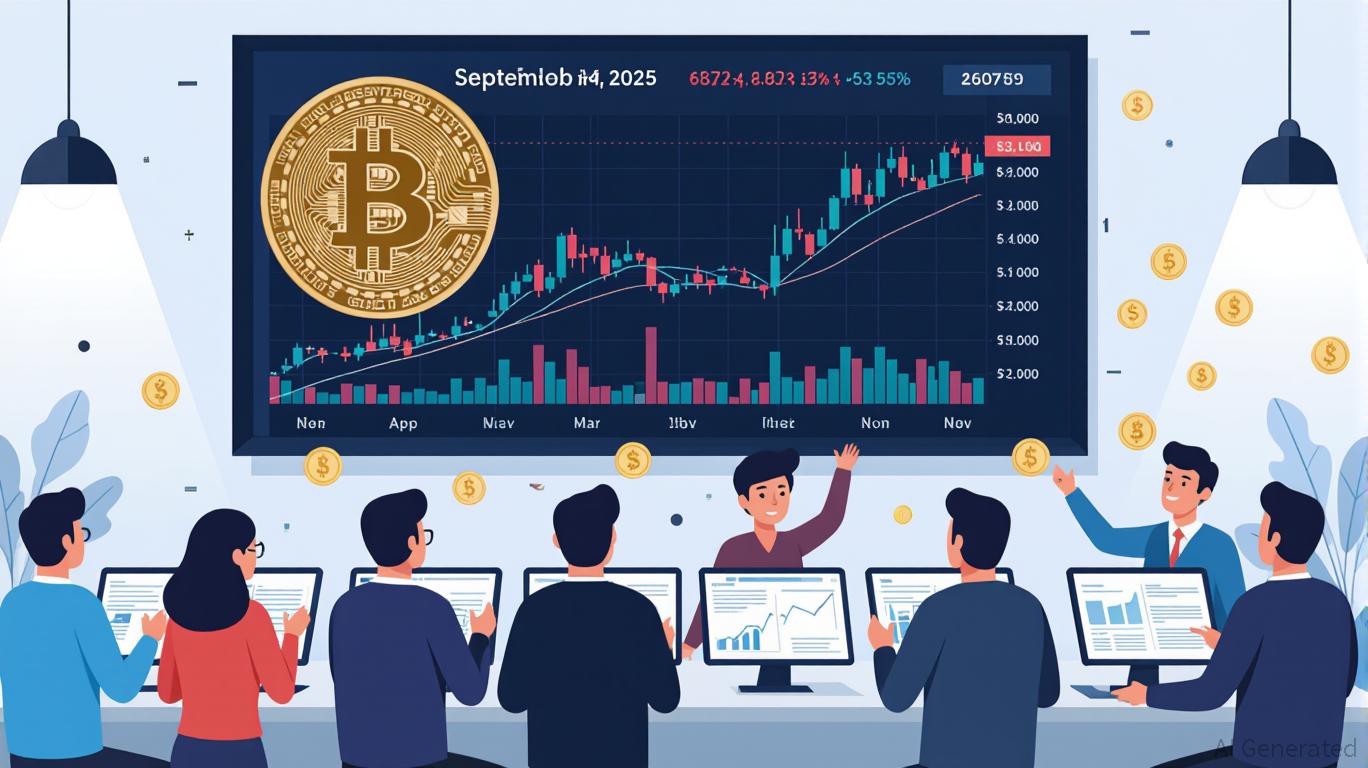Brazil Sets Sights on Crypto Regulation to Build Confidence and Strengthen Regional Leadership
- Brazil's central bank introduced Latin America's strictest crypto regulations, requiring VASPs to obtain authorization and comply with banking-level oversight by November 2026. - New rules mandate $2M+ capital requirements, classify stablecoin transactions as forex operations, and cap unapproved crypto transfers at $100,000 per transaction. - The framework aims to combat fraud and illicit finance by extending AML protocols to stablecoins, which account for 90% of Brazil's crypto activity, while enhancing
Brazil Rolls Out Sweeping Crypto Regulations to Combat Market Abuse
The Central Bank of Brazil has introduced one of the region’s toughest sets of rules for the cryptocurrency industry, requiring digital asset companies to adhere to oversight standards similar to those of traditional banks and setting strict transaction limits for unauthorized activities. Starting February 2026, all virtual asset service providers (VASPs)—such as exchanges, custodians, and brokers—will need to secure official approval from the central bank to operate, with a compliance grace period extending to November 2026,
The regulations, detailed in Resolutions 519, 520, and 521, apply existing financial sector standards to crypto businesses, demanding strong governance, cybersecurity measures, and anti-money laundering (AML) controls,

Stablecoins, which represent close to 90% of Brazil’s crypto transactions, are a central focus of the new policies. By classifying stablecoin payments as foreign exchange, the central bank is closing significant loopholes in AML and transparency requirements,
The overhaul also sets minimum capital thresholds, requiring companies to maintain at least 10.8 million reais (about $2 million) in capital, depending on their business model,
Meanwhile, lawmakers in Brazil are considering a $19 billion
Disclaimer: The content of this article solely reflects the author's opinion and does not represent the platform in any capacity. This article is not intended to serve as a reference for making investment decisions.
You may also like
Trump’s Wall Street Fundraiser Sparks Renewed Debate Over Deregulation and Regulatory Oversight Following Trade Finance Crisis
- Trump dined with Wall Street leaders amid First Brands' $3B trade finance collapse, exposing non-bank lending risks and triggering calls for stricter oversight. - Jefferies faces scrutiny over $3B in tied debt as its stock fell 19%, while JPMorgan's Dimon warned of systemic gaps in non-bank lending oversight. - Trump's 50-year mortgage proposal sparked debate, with critics fearing "debt for life," while a 42-day government shutdown worsened market uncertainty. - The administration's deregulatory agenda c
Digital Identity, No Data Required: ZK Protocol Secures $9M to Champion a Privacy-Centric Tomorrow
- Self Labs raised $9M in seed funding led by Greenfield Capital and SoftBank, with participation from Web3 leaders like Sreeram Kannan and Sandeep Nailwal. - The ZK-based platform enables privacy-preserving identity verification using zero-knowledge proofs and supports 129 countries' biometric passports and India's Aadhaar system. - A points-based rewards program incentivizes on-chain verification, while integrations with Google, Aave , and Velodrome expand use cases like token distribution and age checks

Bitcoin’s Sharp Decline: Is This a Healthy Correction or an Ominous Signal?
- Bitcoin fell 10.5% in November 2025 amid a $19B derivatives crash, driven by Fed policy uncertainty and U.S.-China trade tensions. - Regulatory shifts and leveraged liquidations (1.6M traders impacted) exposed vulnerabilities in crypto's derivatives-heavy market structure. - Institutional demand persisted (e.g., JPMorgan's 64% ETF stake increase), suggesting long-term adoption despite short-term volatility. - Derivatives recovery may lag until 2026, hinging on Fed rate clarity and inflation trends, with

Bitcoin Leverage Liquidation Spike: Systemic Threats in Crypto Derivatives During Q4 2025 Market Turbulence
- Q4 2025 crypto derivatives saw $20B in liquidations as Bitcoin fell below $100,000, exposing systemic risks from extreme leverage (up to 1,001:1) and interconnected markets. - Platforms like Hyperliquid and Binance faced $500M+ losses in 24 hours due to cascading margin calls, with 78% of perpetual futures volume amplifying volatility through feedback loops. - Regulators scramble to address risks as unregulated leverage, macroeconomic pressures, and geopolitical tensions (e.g., U.S.-China trade wars) inc
